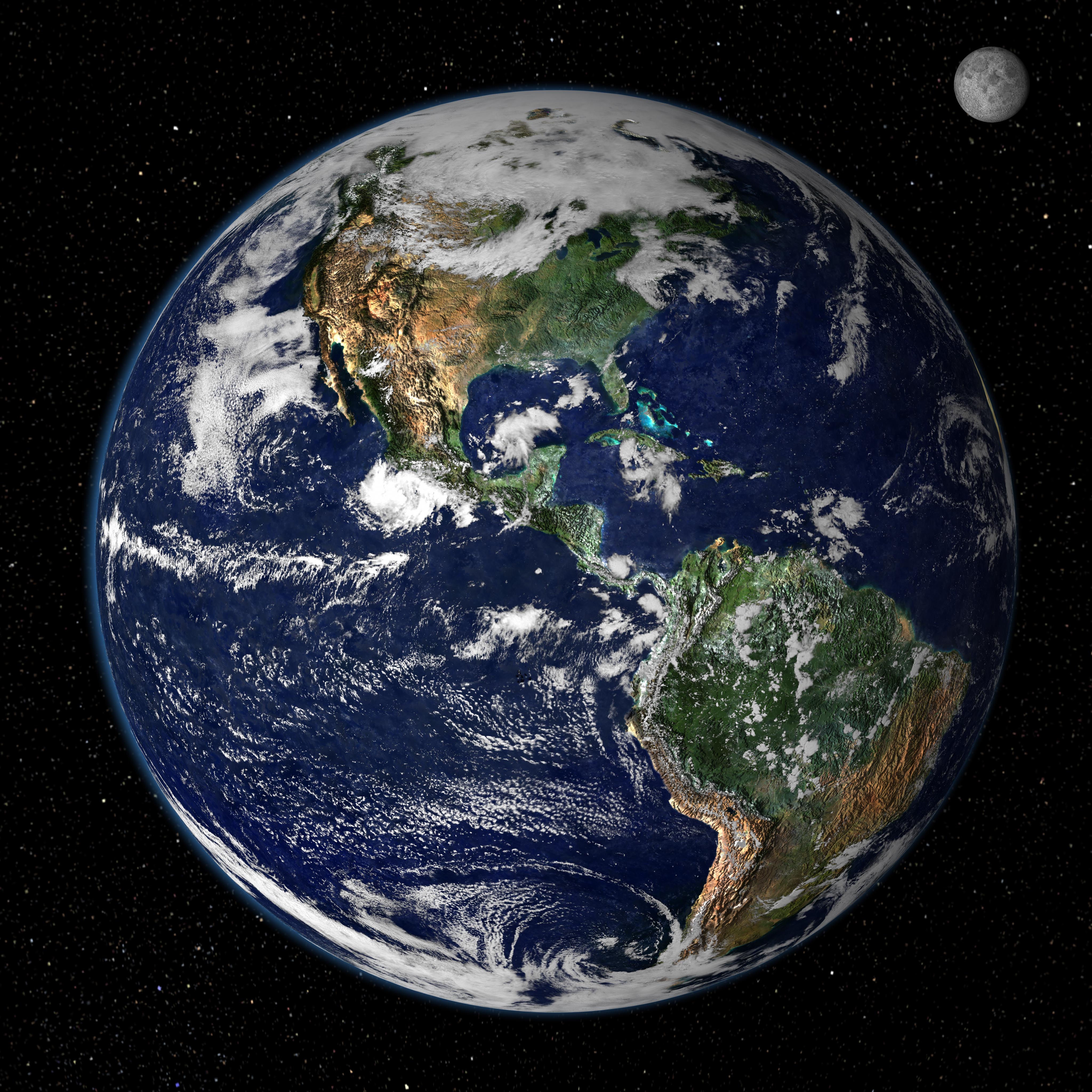
Legal rights, including recent developments regarding “personhood” of rivers like New Zealand’s Whanganui, India’s Ganges and Yamuna, and others soon to follow, may be seen as milestones in history, of the most inclusive definition of civilization. Human rights are still evolving; but what about animal and planetary rights, like water, or the rights of earth itself? Some credit Benton MacKaye, forester and originator of the Appalachian Trail proposed in a 1921 article. Others point to the work of Christoper B. Stone whose article and book, Should Trees Have Standing? Toward Legal Rights For Natural Objects, launched an awareness of Nature’s legal rights that eventually reached the United States Supreme Court. Many date the birth of the environmental movement to Stone’s seminal paper published during a time when deforestation began to trouble the erudite reader of Darwin, Service, and Marshall. As a lawyer, Stone noted that many entities other than humans have been granted rights: Corporations, Church, State, for example. In our present era of climate change, forestation is one of the key determinants of the future, and a central feedback driver in climate systems including C-ROADS, a simulator guiding the COP21 Paris Agreement. As we continue to improve climate and rights, we may find inspiration in the work of Christoper Stone that traces “history through each successive extension of rights.”
Climate Interactive. “C-ROADS” – a downloadable free computer simulator that helps us recognize the long-term climate impacts of actions that can reduce greenhouse gas emissions. By John Sterman, Todd Fincannon, Elizabeth Sawin, Andrew Jones, and team. https://www.climateinteractive.org/tools/c-roads/
MacKaye, Benton. “An Appalachian Trail: A Project in Regional Planning.” Journal of American Institute of Architects, 9 (October 1921(: 325-30.
MacKaye, Benton. The New Exploration: A Philosophy of Regional Planning. 1928
Stone, Christopher D. “Should Trees Have Standing? – Toward Legal Rights for Natural Objects.” Southern California Law Review 45 (1972) pp. 450-501. https://iseethics.files.wordpress.com/2013/02/stone-christopher-d-should-trees-have-standing,pdf
Stone, Christoper D. Should Trees Have Standing?: Law, Morality, and the Environment. 3rd edition, 2010 (originally published 1973). Oxford University Press (ISBN-13: 9780199736072; ISBN-10:0199736073.
Building the World Blog by Kathleen Lusk Brooke and Zoe G Quinn is licensed under a Creative Commons Attribution-NonCommercial-NoDerivs 3.0 Unported Licen







